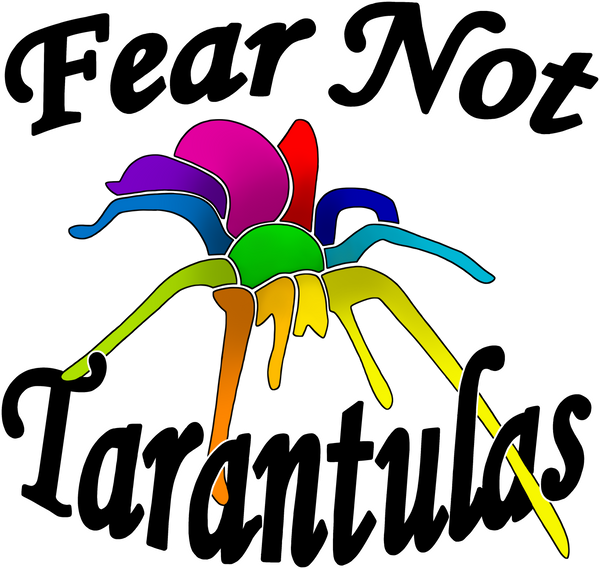Name Pronunciation:
Ceratogyrus (suh-rah-tuh-JY-ruhs) darlingi (DAHR-ling-ee)
* Adapted from The American Tarantula Society
Name and Description History:
Ceratogyrus darlingii Pocock, 1897
Ceratogyrus bechuanicus Purcell, 1902 [Male]
Ceratogyrus schultzei Purcell, 1908 [Female]
Ceratogyrus bechuanicus Lawrence, 1936 [Female]
Ceratogyrus bechuanicus De Wet & Dippenaar-Schoeman, 1991 [Synonym]
Type: Old World, Terrestrial. Obligate burrower
Size: About 5”
Growth Rate: Fast
Natural Habitat: South Africa: Zimbabwe, Botswana, Mozambique – desert, savanna.
Housing Needs: Terrestrial burrowing setup. They prefer to have substrate on the dry side, but require some humidity and weekly misting. They enjoy some faux plants, cork, and decor in their enclosure to web on. Being a fossorial species, we recommend 6-8" of substrate for juveniles - adults.
Temperament: This species is known to be defensive and fast. Recommended for more experienced keepers.
About: What sets this species apart from most, and makes it unique to many collections, is the black horn that grows in the center of its carapace. The horn on the C. darlingi is curved, unlike that of the C. marshalli, which is straight. Foveal horns are seen in many species within the Ceratogyrus genus. This formidable species is known to be defensive, a trait common to African species. Great care should be taken with this fast spider.
But what the heck is that horn for? Well, no one seems to know for certain, but as is referenced below, Rick West suggested that the horn may give this tarantula a greater ability to eat more quickly by increasing its ability to draw up liquefied food. It may also allow it to take in more nutrients and water.
West, R.C. (1986). Ceratogyrus. Journal of the British Tarantula Society 1(4):79-80


